Product-Specific Food Safety
All Product-Specific Food Safety Content
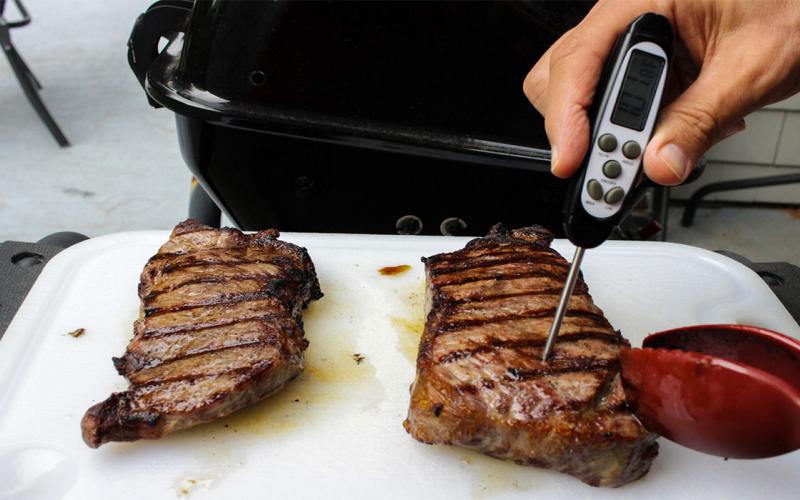
Safety
Food safety education is essential from field to table for entrepreneurs, consumers and businesses.
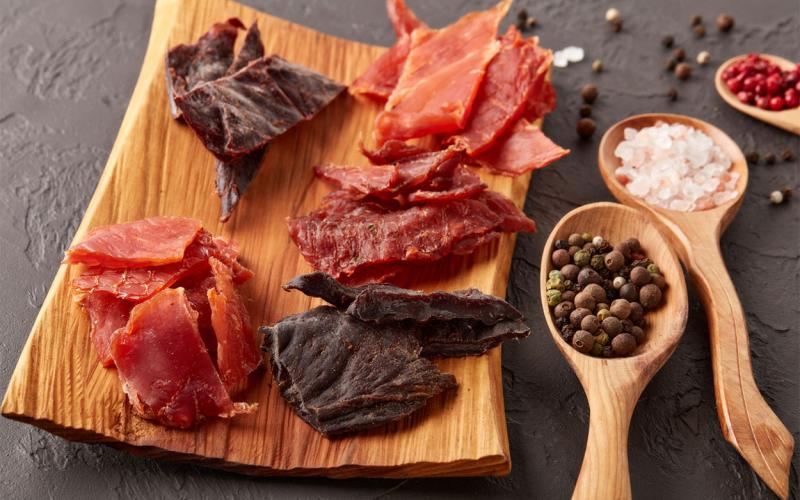
Home-Dried Jerky: Process and Tips
Making jerky is a great way to enjoy a variety of meats for months to come! It requires no refrigeration and can be made from any lean meat, such as beef, pork, bison and venison.

Dehydrating Apples
A food dehydrator is a good choice for drying apples and can be used at any time. It is a small appliance that has an electric element for heat with a fan and vents for air circulation.
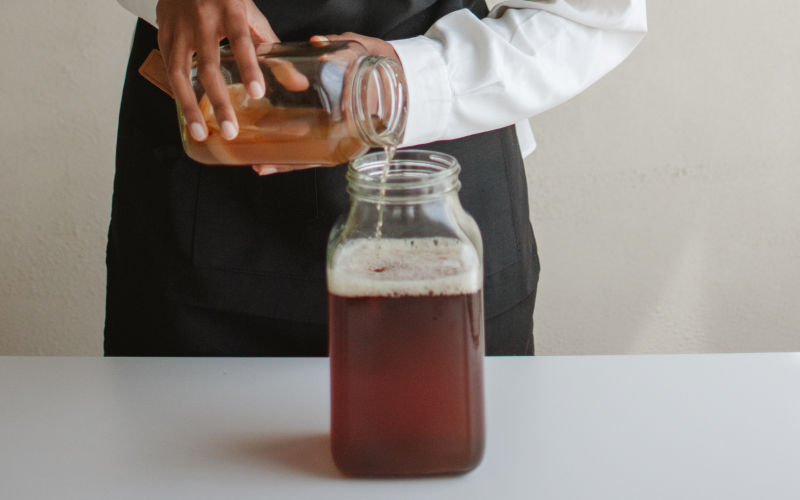
How to Make Cold Brewed Teas Safely
Cold brewed teas are a relatively new type of drink. These types of drinks have gained interest as the brewer can choose their own combination of leaves and flavors to make a cold brewed tea that is customized to suit the brewer’s or consumer’s flavor preference.
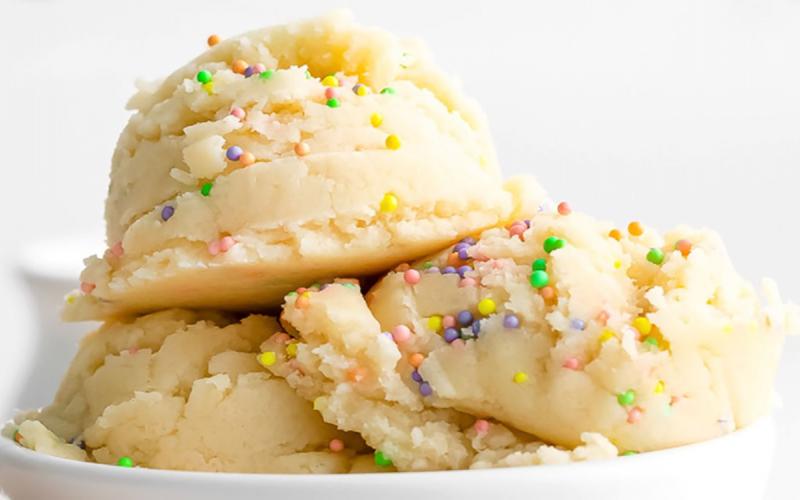
How to Make a Safe, Ready-to-Eat Cookie Dough
Ready-to-eat cookie dough is a delicious snack or dessert that can be enjoyed, but only when made safely. This includes using commercially processed heat-treated flour, ready-to-eat ingredients and using good sanitary practices when making the cookie dough.
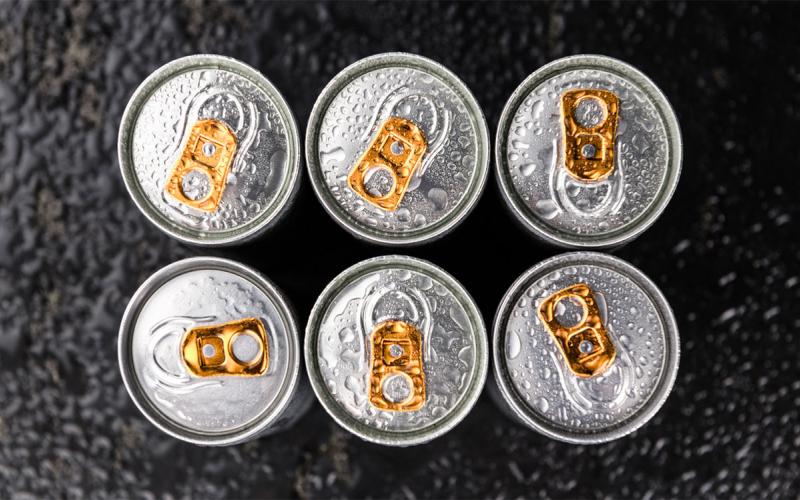
How to Make a Safe Ready to Drink Energy Drink
When making a ready-to-drink energy drink, it is important to consider how the product will be made and processed.
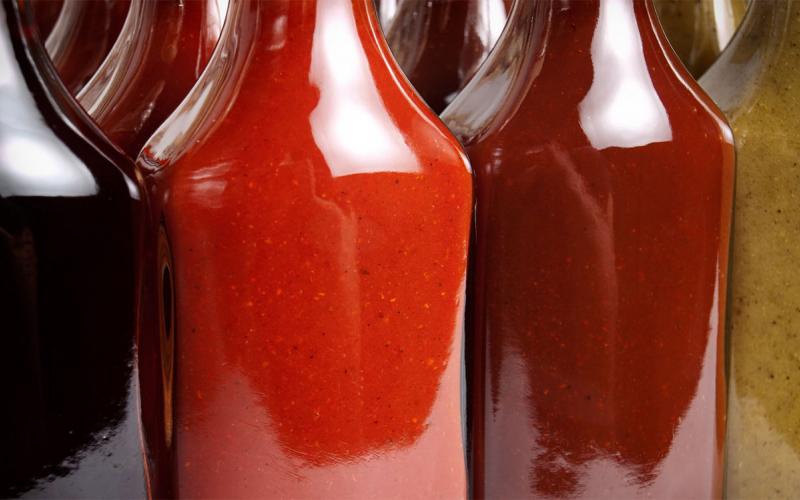
How to Make a Safe Hot Sauce
Hot sauces can be made to with a combination of several different ingredients to give unique flavors and heat that consumers enjoy. There are many considerations that should be made on how hot sauces are processed, formulated and packaged.
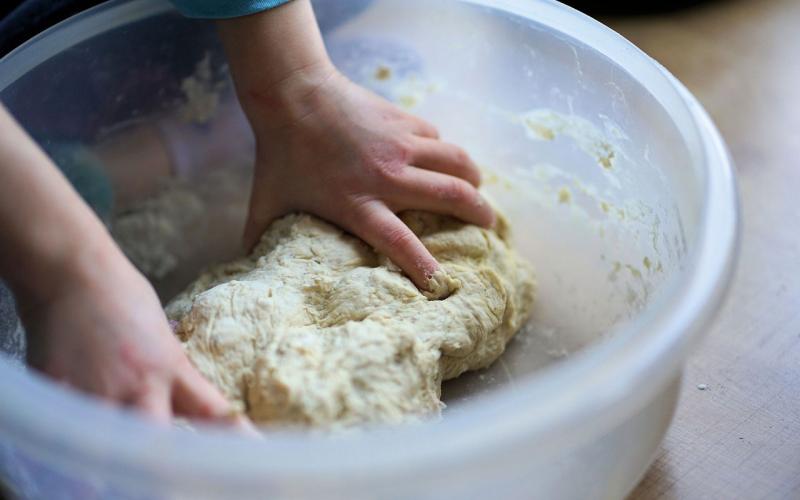
Hydrated Doughs and Batters: How to Safely Handle Food Safety Risks
Making dough and batter is one of the intermediary steps on your way to enjoying great foods, such as scones, cookies, cakes, donuts, pies and more. This article will help you understand the food safety risks associated with food types that have a hydrated batter.
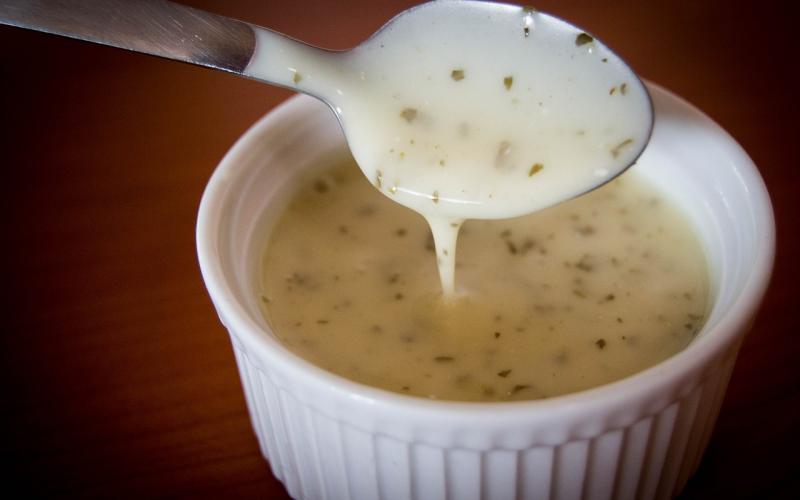
Making a Safe Salad Dressing
Have you ever wondered whether a homemade salad dressing is safe when you’re eating it at your local picnic, potluck dinner, or at a family get together? In this article, we will explore what food safety characteristics need to be addressed to ensure that a salad dressing is made safely.